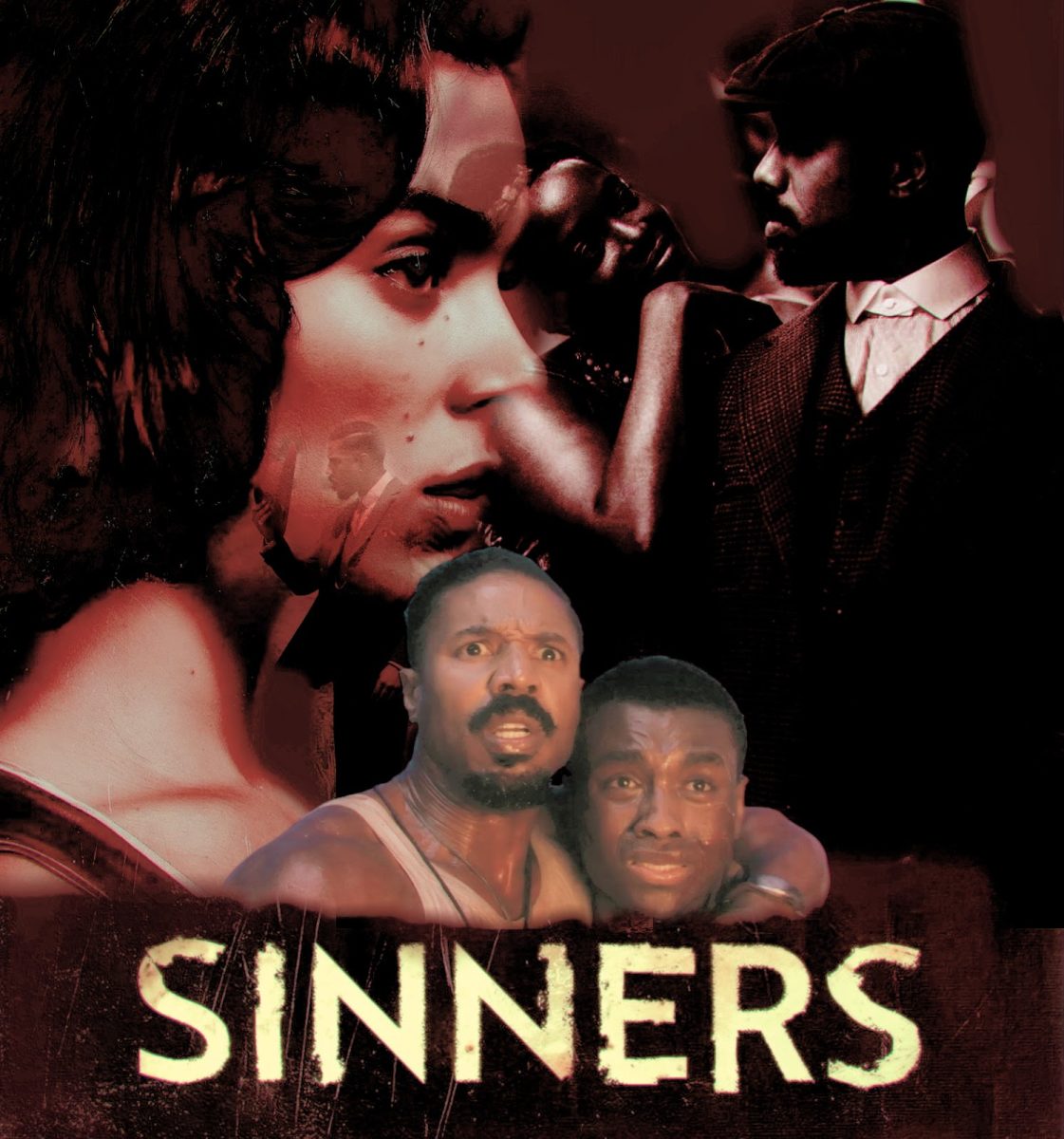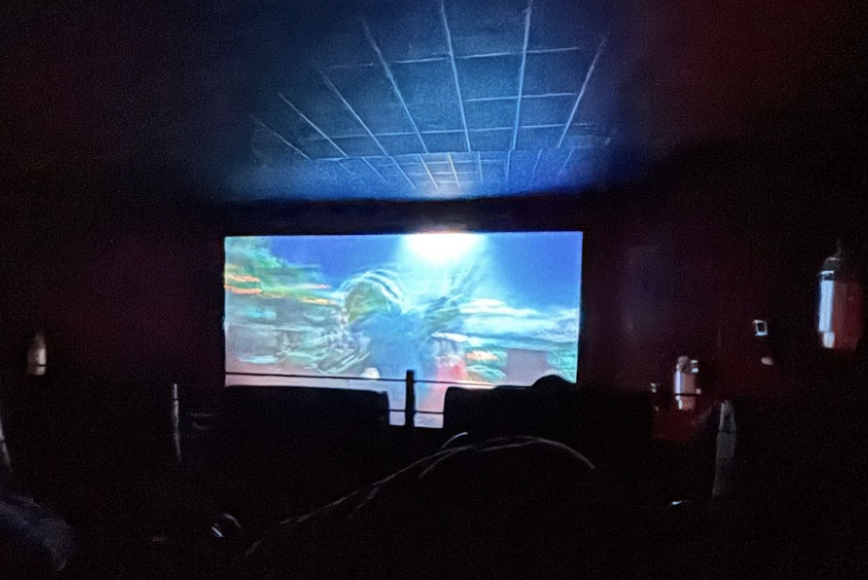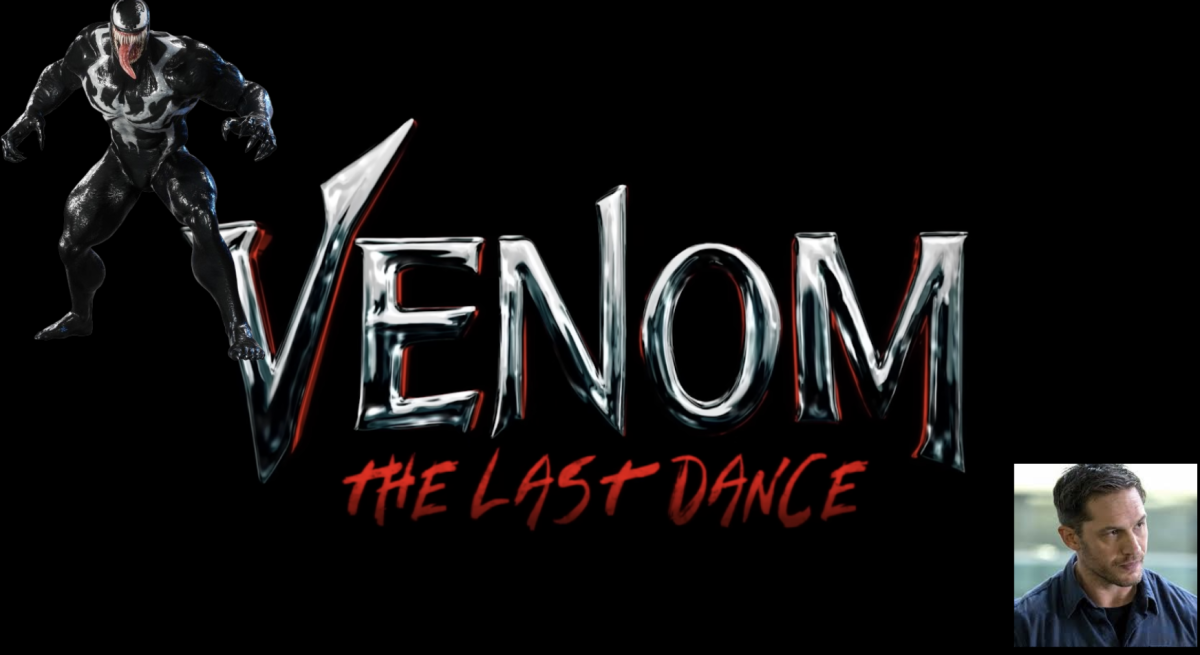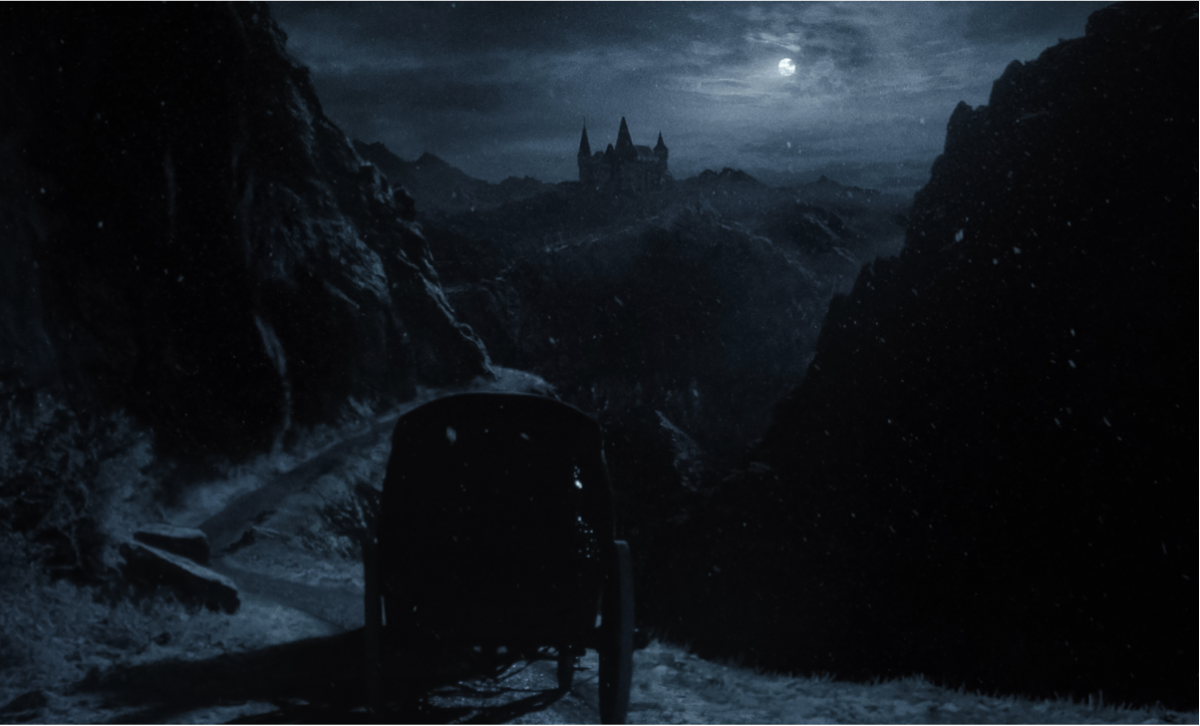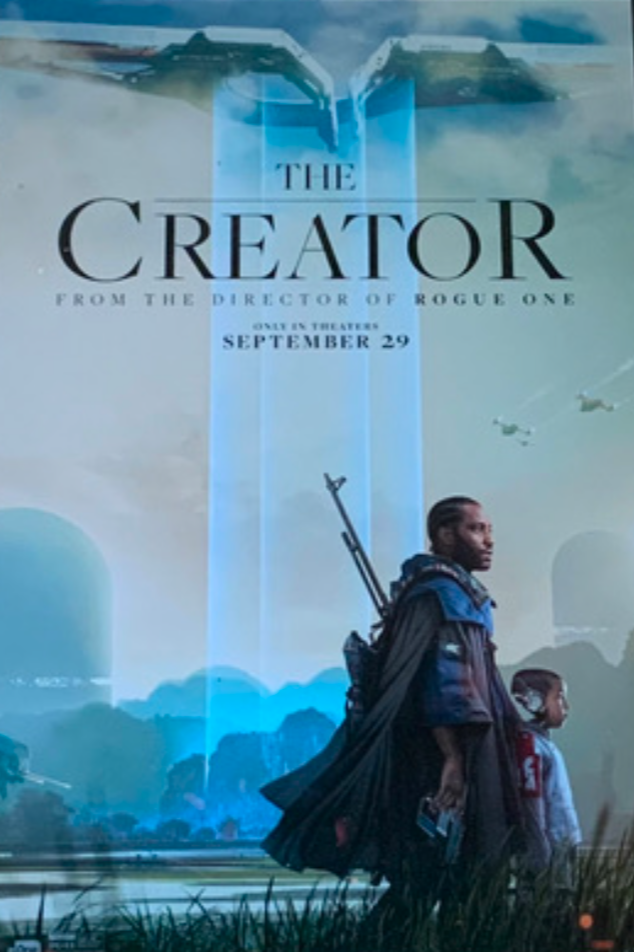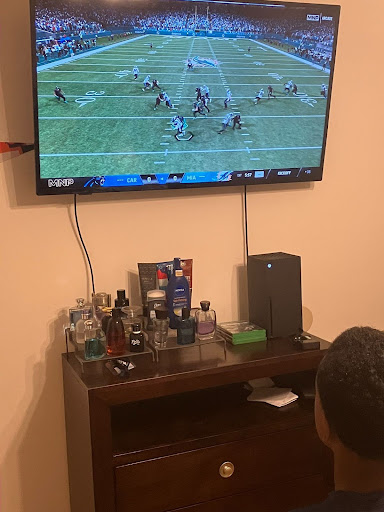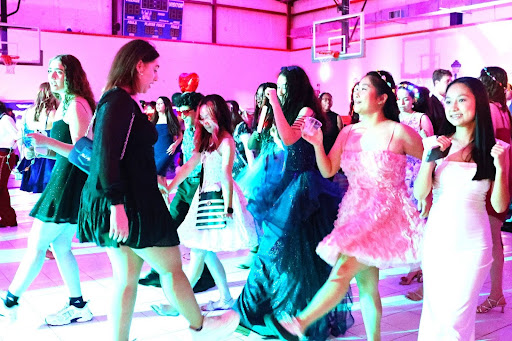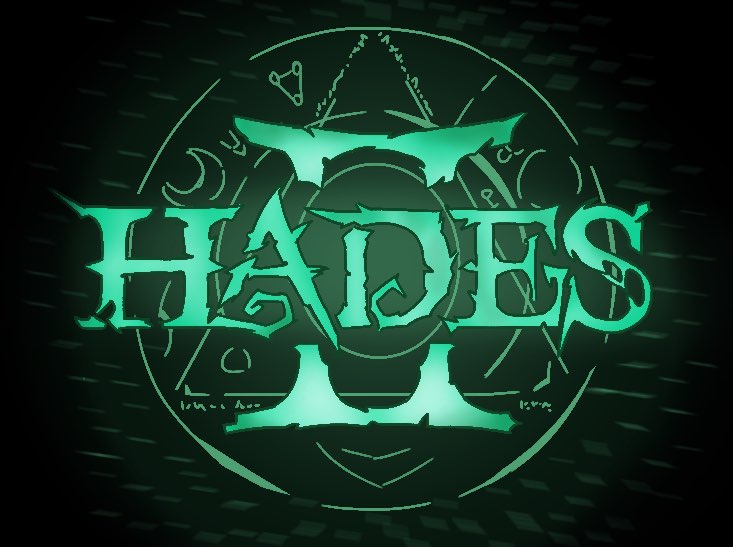Director Ryan Coogler’s Sinners (2025) is not just his first original project since redefining the superhero theme with Black Panther, but it’s an important cultural statement. The theme of Southern Gothic horror really electrifies the screen with the genre cocktail of myths, the blues, historical addition, and vast vampire lore. Set against the backdrop of 1992 Mississippi, the film tackles and reimagines the things of the Jim Crow South as the battleground where Black resilience, two of the main characters played by Michael B. Jordan, Smoke and Stack. These two twins themselves clash with systematic oppression and the literal bloodsucker invaders. Ryan Coogler, collaborating again with cinematographer Autumn Durald Arkapaw, and production designer Hannah Beachler crafts a beautiful ode to Black Southern culture, the use of rhythmic blues music, and the grit of the reality of sharecropping shows just how deep and rich this movie is.
Yet just under the surface of the supernatural spectacle lies the allegory: the vampires as avatars of racism’s enduring hunger, and the very devouring of histories and identities. However, Sinners occasionally falters under the weight of the narrative and ambition, along with subplots that fray, and weird pacing stumbles. Despite that, it’s a very masterful piece of media showing, freedom, and resistance that cements it as a flawed but important movie–one that repositions horror as a lens used for confronting America’s darkest truths.
Smoke and Stack, played by Micheal B. Jordan, return to their rural hometown with the new dream to open a juke joint. Which is a home and safe place for Black Jot and blues music in the middle of the suffocating grip of Jim Crow. Their vision of cultural freedom is quickly taken apart as they are confronted by three major threats: the violent racism of the authorities, unresolved family wounds, and the invasion led by Remmick (played by Jack O’Connell), a sadistic vampire masquerading as a traveling band. The brothers’ fates are intertwined with Sammie (played by Miles Caton), a teenage blues virtuoso channeling ancestral pain into song, Mary (played by Hailee Steinfeld), Stack’s secret affair before he had left, and Annie (played by Wynmi Mosaku), Smoke’s lover, and mother to his dead child, whose resilience becomes a lifeline with the community that battles both metaphorical monsters and physical ones. What begins as a tale of redemption and a new start spirals into a blood-soaked bath where survival demands confronting both the undead and America’s past.
At the core, Sinners tackles tension between cultural preservation and existential threat, weaving the themes into supernatural tones. The film radiates the celebration of Black Southern cultures, foregrounding the rhythmic blues music, the very dignity of sharecropper labor, and the bonds that defy dehumanization. It is a defiant rebuttal to stereotypes framing the South. This celebration, however, is overshadowed by the historical allegory and sharp racial. The vampires, with their predatory hunger for expanding and making the Black life “one of them,” show the systematic racism of erasing culture and background. While the characters themselves struggle with freedom, struggle with faith, and identity, the complex Black identity is under oppression.
The central to this is the duality of freedom and oppression, and what it means to be truly free. The motion stated throughout the movie is the night at the juke joint was the only night the characters have ever felt “free”, sharing that the vibrant space of Black autonomy and artistic expression, which is a direct clash to the vampire’s “freedom: the bargain of eternal life which demands the erasure of their cultural roots. Through these lenses, Sinners is not just a physical survival, but a culture, a movie built on reclaiming narratives weaponized by history itself.
Sinners thrives on its blend of genres, merging horror, historical drama, and musical into a culturally specific tapestry that definitely centers the Southern Black experiences, which is captured perfectly in the one-shot of Sammie’s climactic blues performance. A scene that is filled with just raw spiritual symbols. However, sometimes ambition can become its downfall. Sidelining the intriguing threads like the Choctaw vampire hunters, or the Chinese immigrant family’s tragic arc, while taking jarring tonal shifts between the atmospheric slow burn of its first half to the gore-filled final risk whiplash. Still, its flaws feel inseparable from its daring, a testament to Ryan Coogler’s refusal to play it safe.
Sinners stands as a flawed yet important masterpiece, its sweeping ambition and visual grandeur underscoring Ryan Coogler’s evolution as a filmmaker unshackled by convention. While the film’s narrative excesses, the subplots are left simmering, pacing that veers from meditative to manic, revealing the pitfalls of its scope. These missteps pale against its triumphs: a lush ode to Black Southern resilience and a genre-defying reimagining of horror as a vessel for historical conflicts. The legacy lies not in perfection but in what it tries to do, the bold blueprint for centering marginalized histories with such a mainstream spectacle, marrying the blues-soaked soul with vampire mythos to challenge who gets to shape and survive. Ryan Coogler’s vision, though slightly unbalanced, refuses to shy away from complexity, really cementing Sinners as a cornerstone of a Black cinematic renaissance.
At The Village School that is so vibrantly diverse, a film like Sinners hits perfectly. It’s a celebration of Black Southern culture, through the blues music, shared resilience, and unapologetic community pride. It very much mirrors our own hallways, where we thrive on honoring each other’s backgrounds. The vampires’ threat of cultural erasure hits close to home. The movie is a reminder why spaces like ours matter so much. Where our differences aren’t just tolerated but valued. Sure the film is messy at times, but the heart of the film much like our school is in the right place, fighting for stories, voices, and histories that too often get sidelined.

